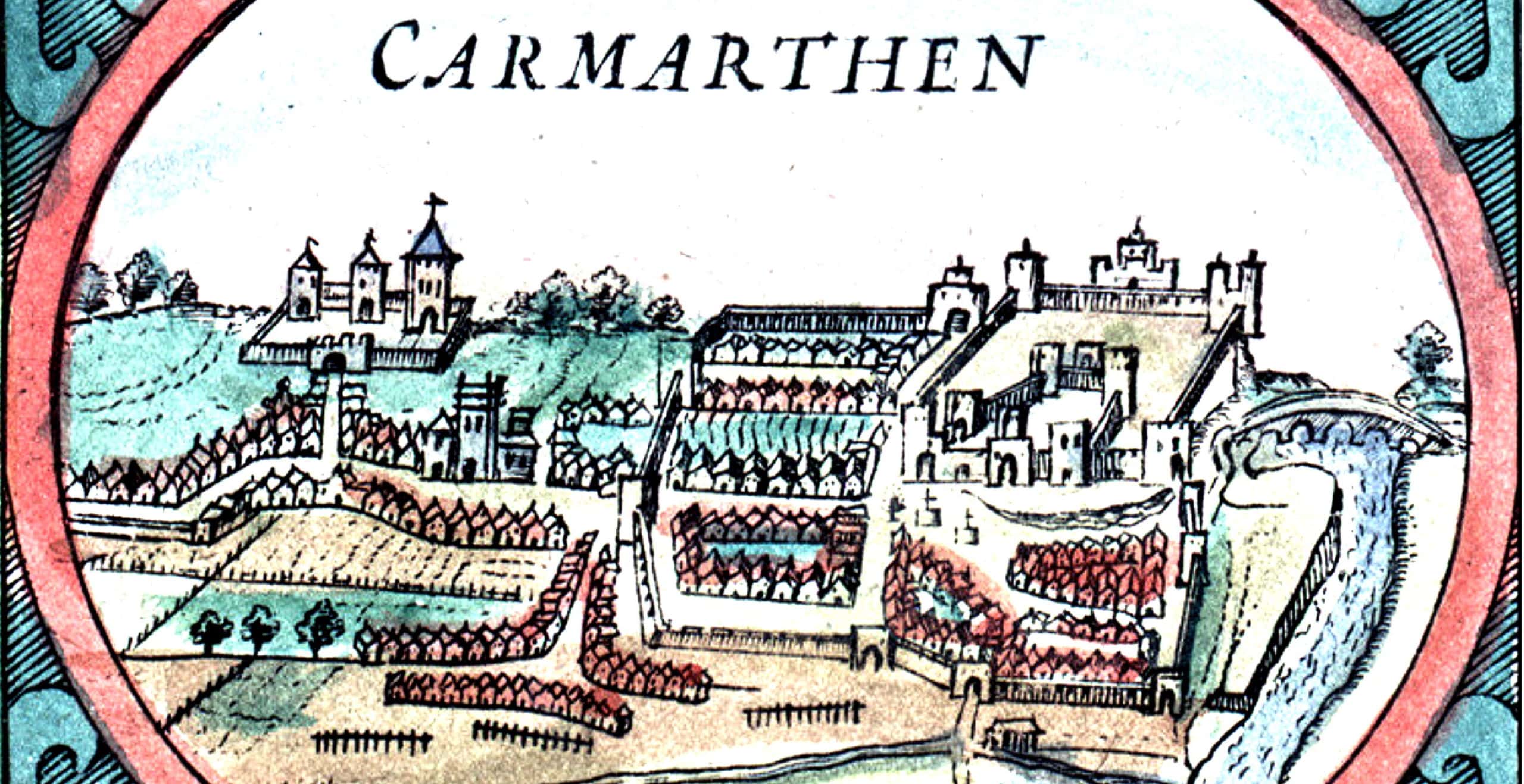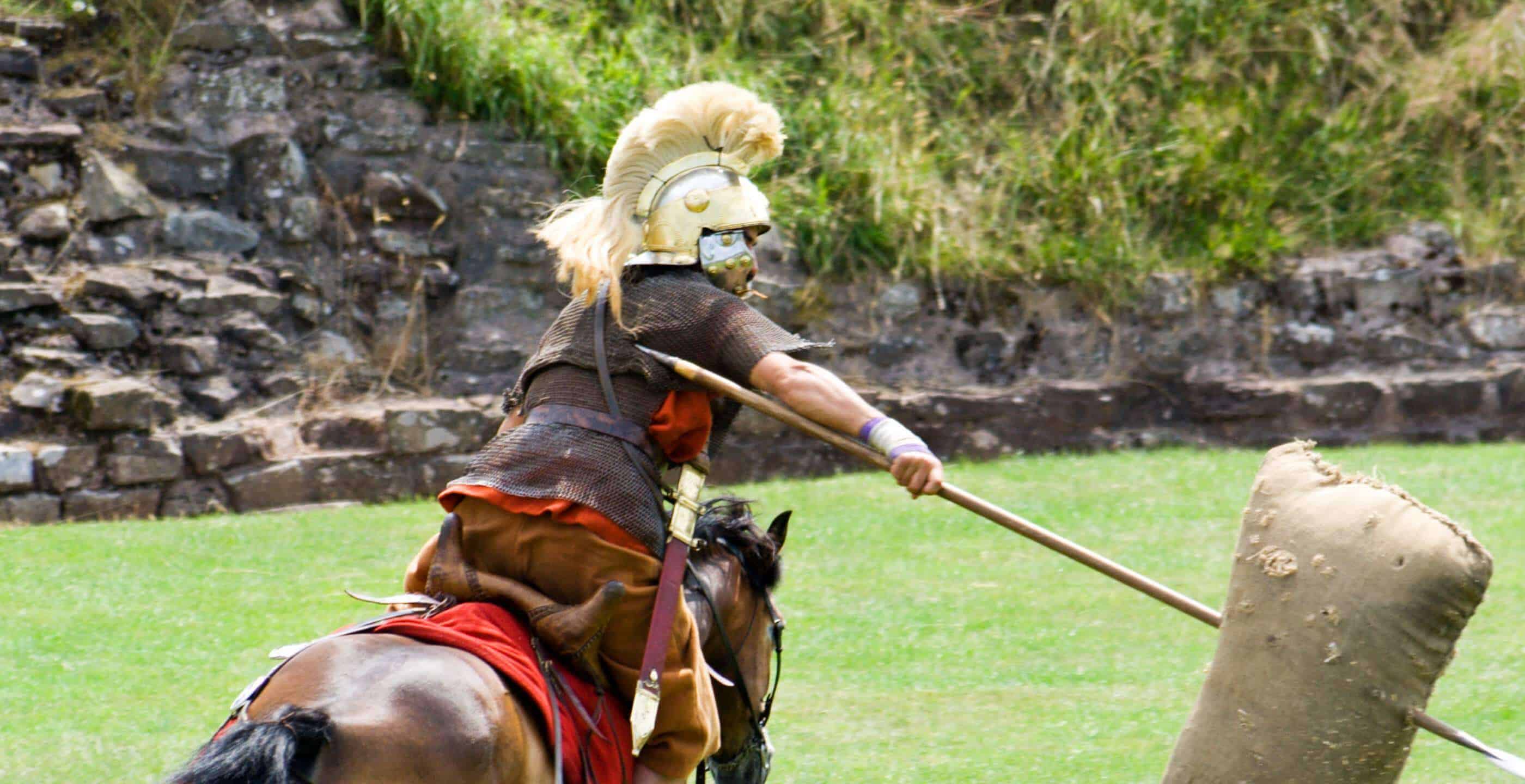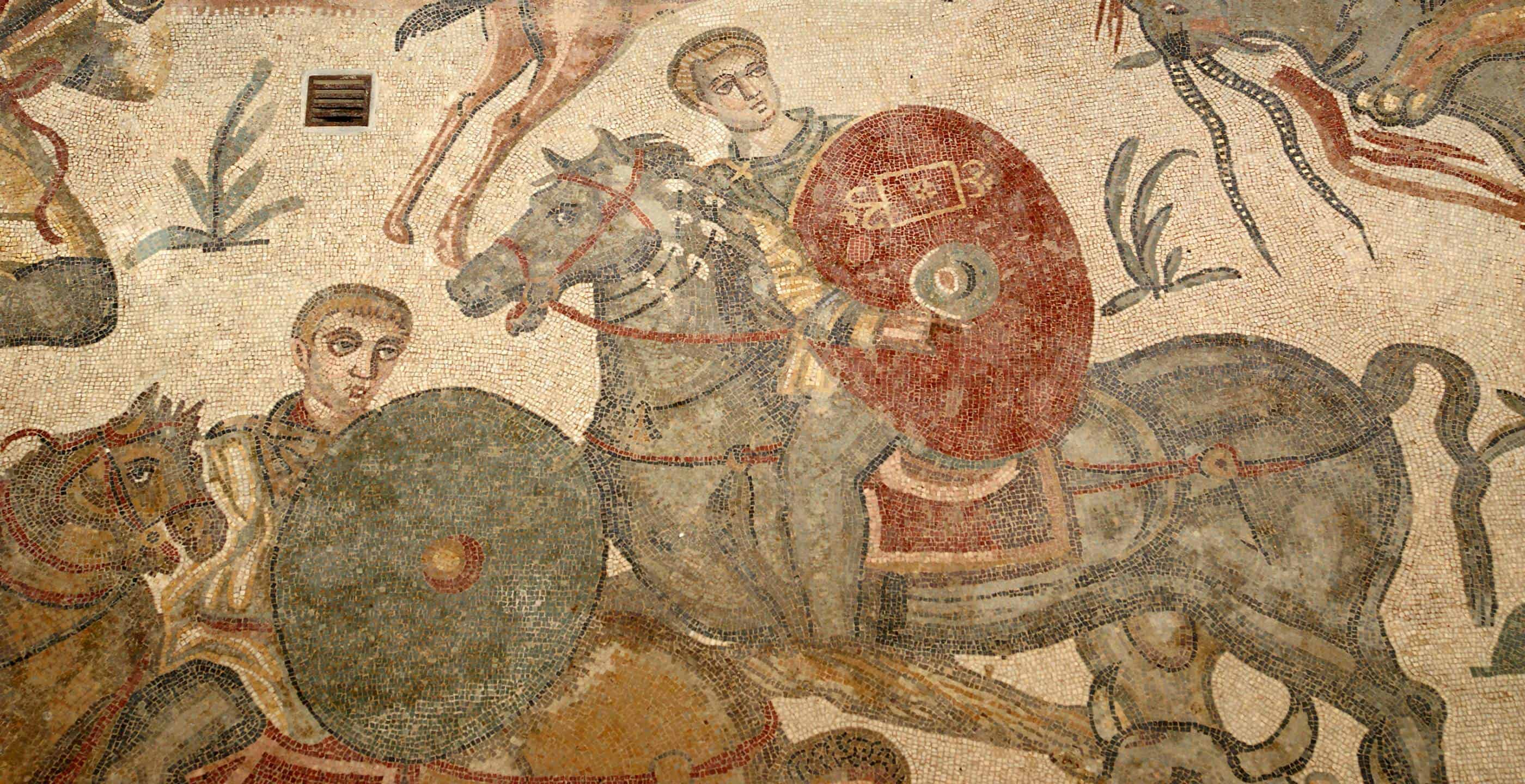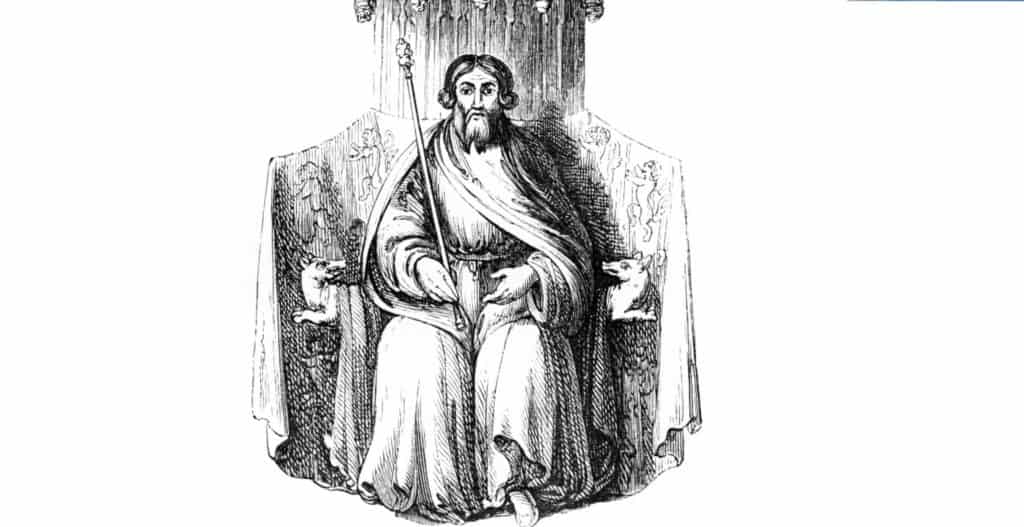Carmarthen, pronounced Caerfyrddin in Welsh, is the county town of Carmarthenshire, located besides the River Tywi. It has been an important administrative centre since ancient Rome, while also being an important strategic location which has been attacked and conquered over the centuries. Carmarthen’s mixing of traditional, local independent shops together with major retail shops makes it a popular shopping destination together with its newly refurbished traditional market supplying the town with local produce, Carmarthen is also home to the county museum and many local art galleries. Visit Carmarthen Castle with its long and bloody history, walk one of the many town trails which showcase Carmarthen’s rich history or shop to your heart’s content in one of many new and refurbished shopping centres.
Around AD 75 the Romans built a fort at Carmarthen, naming it Moridunum (meaning ‘Sea-Fort’). It became the administrative centre of the Romanised Demetae tribe and quickly grew into a prominent town: Carmarthen claims to be one of the oldest towns in Wales. The town was recorded in the Antonine Itinerary, a register of stations and distances along roads in Roman Britain. One of seven surviving Roman amphitheatres in the whole of Britain is located at Carmarthen and only the second surviving in Wales (the other being Isca Augusta, Roman Caerleon). It is the most westerly Roman amphitheatre in the Roman Empire.
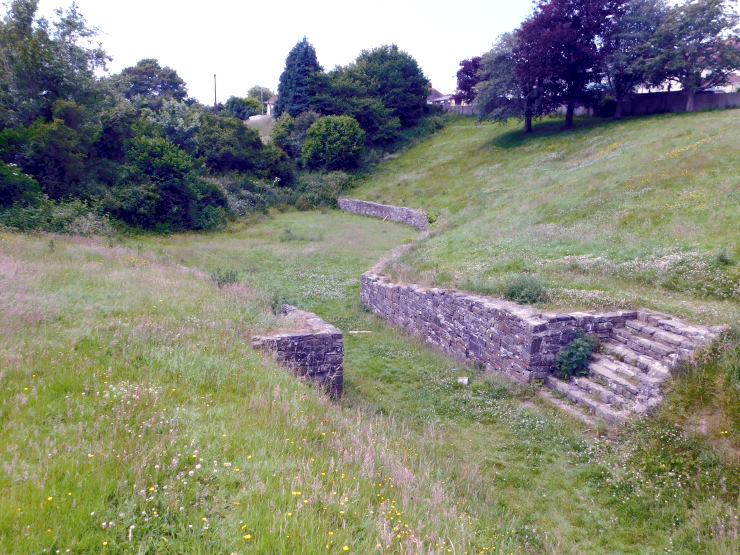
It was not only the Romans who made Carmarthen their administrative centre in Wales. After the Norman conquest of 1066, the Conqueror’s son King William II recognised Carmarthen’s strategic importance and built a castle at the site, continuing Carmarthen’s long-established history as an administrative centre. The castle was first built in 1094 and consisted of only a motte and bailey, however over the years it was attacked and destroyed, leading to its rebuilding in stone. It was famously attacked and conquered by Owain Glyndŵr in 1405. Carmarthen Castle was also the place where Edmund Tudor (father of King Henry VII) died in November 1456. Henry would be born in January the following year. The castle, like the town, has seen many changes, from being used as a defensive stronghold during the English Civil War to a prison in 1789. It now houses the town’s Tourist Information Centre and museum.
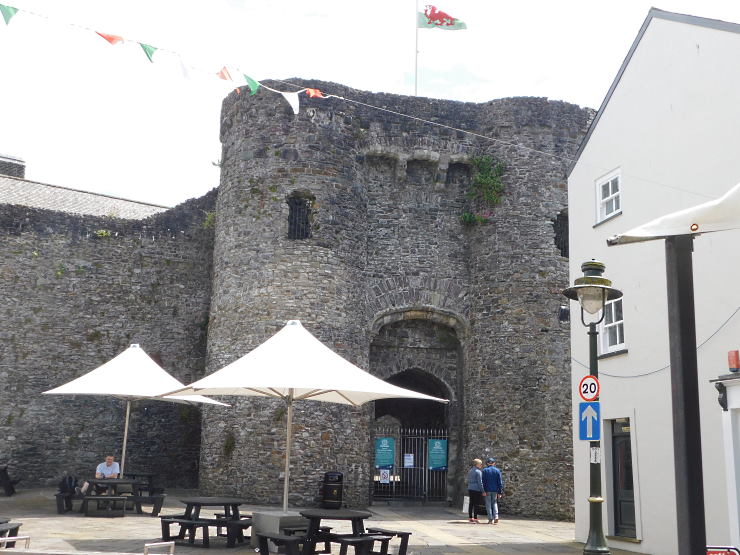
In Welsh Caerfyrddin can be interpreted as ‘Merlin’s Fort’. The ‘Black Book of Carmarthen’ was famously written at the priory in Carmarthen. It is the earliest surviving manuscript written solely in Welsh and comprises of a series of Welsh poems that include Arthur and Merlin. The legend of Merlin and his relationship to Carmarthen has over the years taken on more local, personal characteristics including a local legend that Merlin was born in a cave outside Carmarthen and a legend relating to ‘Merlin’s Oak’. Merlin’s Oak was an old Oak tree that stood formerly in Carmarthen and was connected to Merlin via a prophesy that stated, ‘When Priory’s Oak shall tumble down, then so will fall Carmarthen Town’. Fragments of the oak are now preserved in the foyer of the local civic hall.
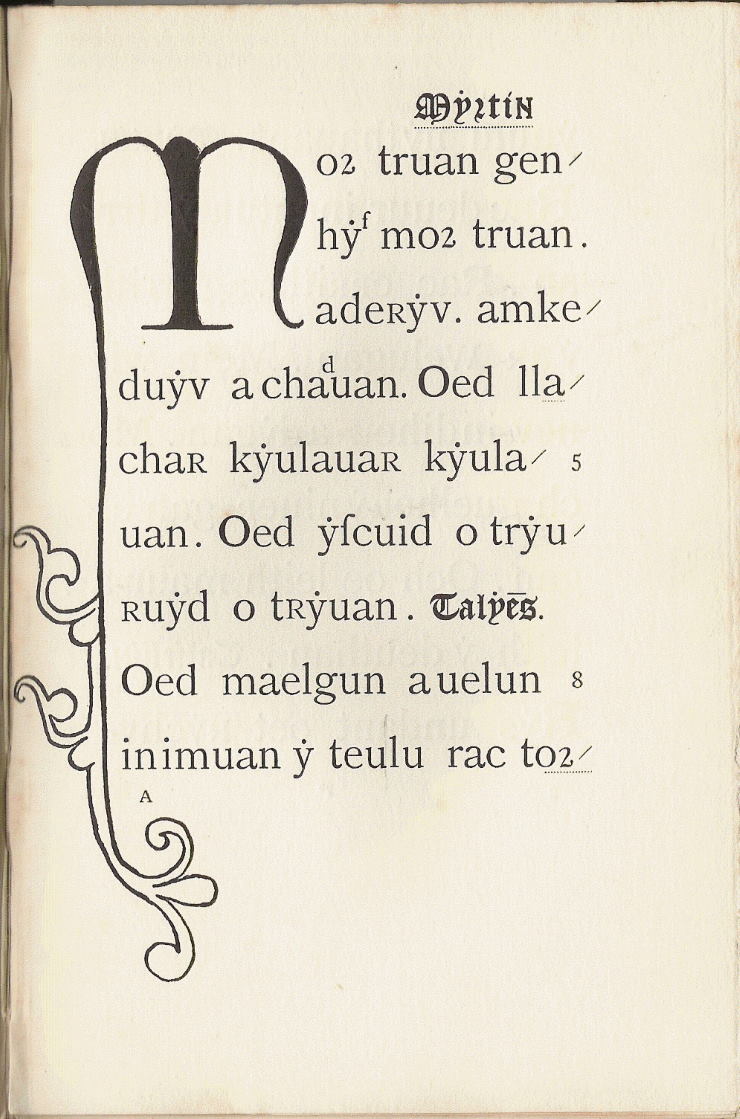
Carmarthen’s location next to the River Tywi has made it a hub of mercantile activity throughout the centuries. Sea-bound ships would dock at Carmarthen to load/unload their cargo, before preparing to set sail for Carmarthen Bay. Take a walk along the quay and you can still see bollards and chains that would have helped the ships to dock, surviving examples of a dockside heritage.
Guildhall Hall in the centre of Carmarthen is a listed building and was built on the site of a medieval hall in 1771. It has formerly been the Crown and Magistrate’s courts while also housing fine paintings notably that of Sir Thomas Picton whose monument was also erected in Carmarthen. At the lower end, you can enter through a junction called Dark Gate which recalls another of the town’s many medieval gates. Guild Hall is now a coffee shop called Cofio Lounge.
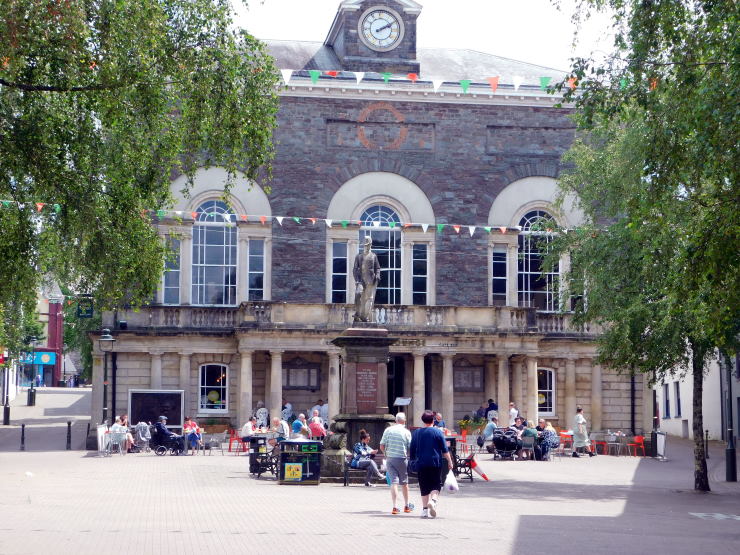
Nott Square, located behind Guild Hall, was formerly a fish market and is named after General Nott (1782 – 1845) after his successes in the Afghan War between 1839 – 1842. A statue of Sir William Nott is in the centre of the square and is supposedly cast from a cannon captured at the Battle of Maharajpur. The monument stands on the site of a medieval market and is suspected to be the site where Bishop Robert Ferrar of St Davids was martyred during the Marian Persecutions in March 1555. A small plaque below the monument of General Nott commemorates the place where he was burned at the stake.
The winding streets and quiet lanes can be a labyrinth to those unfamiliar with them, however Carmarthen offers numerous town walks that help to orientate would-be walkers and sightseers. Many of the town walks pass right by historical buildings and landmarks, so it is very hard to get lost or miss any of Carmarthen’s historical sights! If you are more of a rambler and enjoy walking through beautiful countryside, then you will be spoilt for choice with the many town walks that venture along the River Tywi and out into the green fields and woods surrounding Carmarthen. With so many walks to choose from there is something for everyone. More information on the various town walks can be obtained from the Tourist Information Centre.
Additional Information:
Carmarthen Tourist Information Centre – Castle Hill, Carmarthen, Carmarthenshire, SA31 1AD (01267 231557)
Written by Sion Williams who enjoys all things old and historical.
Published: August 11th, 2021.
